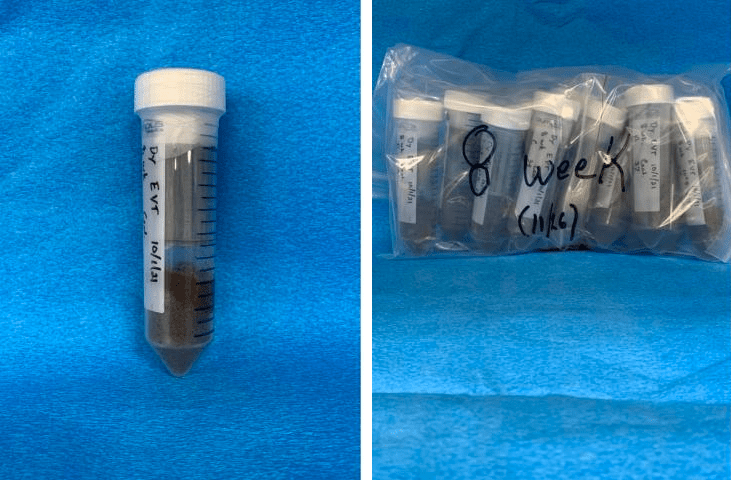Dynamics of Microbiomes in Space (DynaMoS)
Science Objectives
Dynamics of Microbiomes in Space (DynaMoS) examines how microgravity affects metabolic interactions in communities of soil microbes. On Earth, communities of microorganisms carry out key functions in soil, including cycling of carbon and other nutrients and support of plant growth. This research focuses on the soil microorganism communities that decompose chitin, the second most abundant carbon polymer on Earth. Results could improve understanding of function of soil microorganisms in space compared to on Earth. DynaMoS research results will help NASA understand how soil microbial communities can be used to enhance plant growth for crew consumption during long duration spaceflight missions, a key element of the BPS Thriving in Deep Space (TIDES) focus area.
Status
Delivery to the International Space Station via the SpaceX-25 Commercial Resupply Service mission.

Experiment Description
The Dynamics of Microbiomes in Space (DynaMoS) investigation examines the population dynamics and community interactions of naturally co-adapted soil microbial consortia using multi-omics analysis, correlative molecular networking, and metagenomics-based metabolic modeling. Results from this investigation are compared between samples flown onboard the International Space Station (ISS) and ground control samples at the Kennedy Space Center (KSC). It is hypothesized that the selection pressure (altered atmospheric gas composition, microgravity, and increased radiation) imposed by the environment aboard the ISS alters both the microbial community population dynamics and the metabolic interactions between specific microbial community members.
Space Applications
Results could support design of life-support systems using the natural processes carried out by soil microorganisms for future space exploration missions. Securing dependable and sustainable food production relies on the ability to understand, explore and harness the structural and functional dynamics of soil-plant-microbe interactions and to predict how these processes are impacted by environmental perturbations. Soil microbes are responsible for cycling of carbon and other nutrients and for supporting the growth of plants and the animals and humans that feed on them. Understanding how soil microbial interactions and functions are impacted by space exploration will help NASA develop better food production systems.
Earth Applications
Improved understanding of the function of soil microorganism communities in space could contribute to efforts to optimize these communities to support agricultural production on Earth.































